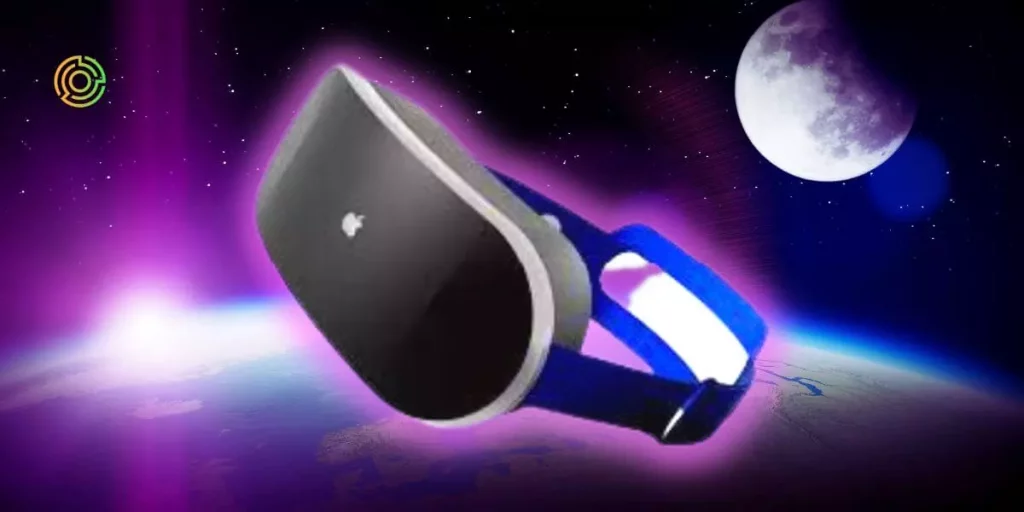The iPhone maker refuses to enter the metaverse race despite developing a mixed reality headset that comes with “metaverse” experiences.
Apple Inc. is one of the biggest tech giants still refusing to enter the metaverse debate.
The company’s CEO Tim Cook said last month that the iPhone maker will continue not to use the word “metaverse” because no one knows what it is.
Ethereum co-founder Vitalik Buterin shares the same view, having said in August that Zuckerberg’s huge bet on the metaverse was destined to fail because of a lack of a clear definition.
While Apple has stayed out of the metaverse drama, that hasn’t stopped the world’s most valuable company by market capitalization from developing products for the metaverse.
In fact, Apple’s mixed reality headset has been in development since 2015.
Apple’s mixed reality headset
The mixed reality headset is Apple’s next big product to come out of its portfolio of products designed for the new era of entertainment.
According to a report published by Bloomberg, the device’s capabilities go beyond what users experience when using an augmented reality headset.
The high-end device is expected to cost between $2,000 and $3,000 when it goes into mass production in March 2023.
It is also expected to come bundled with 3D world and video services, thus offering a full suite of immersive experiences.
But Apple continues to maintain that its new product will have nothing to do with the metaverse, a 3D virtual space where people can interact immersively through games, virtual concerts and other experiential events.
This is a startling parallel even for the novice
Apple’s mixed reality device will run on a new operating system called RealityOS “rOS,” which was first spotted in January in App Store upload logs.
The operating system will include mixed reality versions of Apple’s major apps, such as Messages, FaceTime and Maps.
The company is nearing completion of the first version of the operating system, called Oak, which will be released next year, Bloomberg reports.
Apple’s recent job openings have fueled prospects that the company could add virtual experiences to the product suite.
The company is looking for a software producer with experience in visual effects and game asset creation who can create digital content for virtual and augmented reality environments.
The new hire will join the team developing the mixed reality device and associated accessories, the Technology Development Group (TDG).
Other listings also indicate that Apple is looking to add video services as a feature on the 3D headset, including 3D content that can be played in virtual reality.
The company is also hiring engineers to create a 3D development toolkit for creators to create products for virtual and augmented reality experiences.
The job posting posted read, “We are looking for a software program engineer to work within App Intents to help design and implement responses to unlock deep system intelligence, enable new developer teams, and facilitate new user interactions from application information models that can be leveraged through a spread of system offerings including Shortcuts, Siri, Search, etc.”
Apple’s plan for the headset is unclear
Gurman reported in January that Apple is not making a metaverse for the mixed reality platform. This was evidenced by Apple’s absence from the Metaverse Standard Forum.
However, Gurman’s latest Power On newsletter suggests otherwise. As he said, Apple plans to work on the software side and that this would involve the development of a “3D mixed reality world.”
It’s hard to imagine anything other than the metaverse being able to blend elements of the real world.
Follow us on our social networks and keep up to date with everything that happens in the Metaverse!.
Twitter Linkedin Facebook Telegram Instagram Google News

